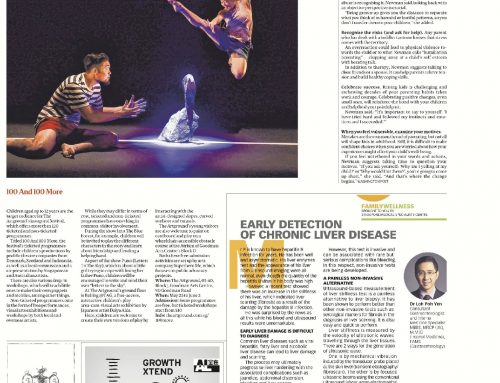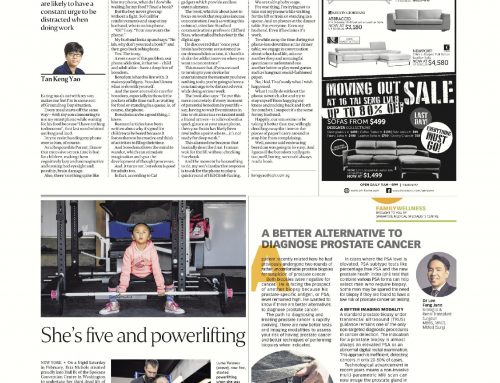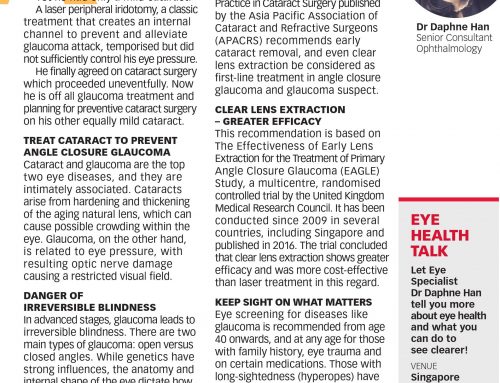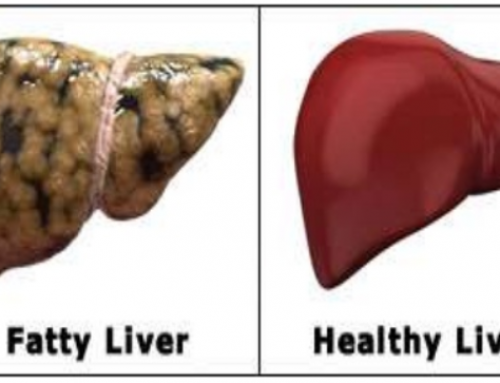IT’S that time of the year again, when the Chinese New Year beckons. In the run-up to the New Year, families are busy preparing for the festivities with spring-cleaning and shopping for the reunion dinner meal, snacks to serve visitors, decorations appropriate for the occasion, flowers and potted plants for the festival.
I recall as a child my family cleaning the house, and the event that has stuck in my mind was the cleaning of the cobwebs in the corners of the double-volume ceilings in my grandmother’s shophouse. My uncles had to climb up elongated ladders and perch precariously as they used feather-dusters to clear the cobwebs. I still think today that Chinese New Year is not a festival unless one expends some perspiration cleaning one’s home.
Invariably, we all end up eating too much and drinking too much for the Chinese New Year. Instead of focusing on what one should be careful about eating during the season, I have decided to spend some time on how one will lose the weight after the festivities.
The metabolic rate of a person is estimated at 2,500 calories (kcal) a day for a man and 2,000 calories for a woman. This basal metabolic rate (BMR) is determined by putting a person in a thermal cage for 24 hours and measuring the temperature of his urine, faeces and his breath. This is not practical and not available commercially.
If a scientist could invent a bedside machine that can accurately measure a person’s basal metabolic rate, he would win the Nobel Prize and also in the process become a billionaire. As such we have estimated the BMR of men and women according to formulas that are derived from these thermal cage experiments.
Now, if one eats 500 calories more than the BMR, one would put on half a kilogramme every week.
I have six rules that I teach my patients about eating to lose weight. These involve street food that is commonly available in Singapore.
- The first rule is that a soup noodle is about 200 calories, the dry version with the sauce and chilli is about 400 calories. A fried noodle is 800 to 1,000 calories and hence one can forget about eating mee goreng, fried Hokkien noodles, char kuay teow and fried hor fun noodles swimming in sauce.
- The second rule pertains to the three famous rice dishes of Singapore: namely chicken rice, nasi briyani and nasi lemak. The rice is cooked with chicken oil, ghee and coconut milk and the dishes average about 1,000 calories each.
- The third rule is about the gravies. I will use the example of satay gravy. When I eat satay, I don’t touch the gravy because when one pours the gravy on noodles, the dish called satay bee hoon ends up close to 1,000 calories.
When one looks at the range of dishes in the “Economy Rice” stalls, almost everything is swimming in gravy. If you recall sitting in Cantonese restaurants, you might have observed elderly ladies picking up a piece of meat with their chopsticks and washing off the gravy in a bowl of soup before popping it into their mouths. That is how they stayed so slim!
- The fourth rule talks about fast foods. Needless to say, a burger, French fries and a milkshake might set you back 1,500 calories. Three pieces of fried chicken, coleslaw and mashed potatoes may also add up to a similar amount of calories. Most fast-food joint menus start with items that score 500 calories or more.
- The fifth rule is that of drinks; the condensed milk tea or coffee sets you back 150 calories, coffee or tea with evaporated milk is worth about 70 calories and black coffee or tea is about 40 calories. A black coffee or tea without sugar is zero in calories. Sodas and sugar drinks in tetrapaks are about 150 calories and one must avoid fruit juice in cartons as they are laden with corn syrup. Lattes and iced coffee drinks at coffee chains are also loaded with calories and best avoided. I suggest a tea or coffee without milk and a little sugar or a sweetener if you really need your caffeine fix; otherwise, please drink water.
- The last rule is pertaining to fruits. Please avoid bananas as they are 100 calories each compared to peach, apple, orange or pears that average about 50 calories each. Other sweet fruits include mango, pineapple, all manner of melons, grapes, lychees and longans. The rest of the fruit kingdom is fine and berries in particular are very healthy.
The six rules are not comprehensive but you can check out the Health Promotion Board website and mobile app where there are 6,000 local dishes listed with all their calories.
A word about alcohol. One unit of alcohol is equal to a can of beer, a glass of wine and a single shot of liquor. One unit of alcohol is equal to about 100 calories so you have to count it in your daily allowance.
One more thing about carbohydrates is that not all carbohydrates are bad. The “bad” carbohydrates include white rice, white bread, potatoes and all yellow noodles including Hokkien noodles, ramen and instant noodles. These turn to sugar immediately when one eats them. Better to eat “good” carbohydrates like brown rice, wholemeal bread, soba, oats, glass noodles, quinoa and chia seeds. Some carbohydrates are “intermediate” and they include bee hoon, kuay teow, udon and pasta. The speed at which they turn to sugar determines how good, bad or intermediate they are.
Why such a sugar rush is a problem is that the insulin levels rise rapidly as a reaction to the sugar spike. The high insulins can trigger fat deposits in the belly also known as visceral fat. Visceral fat has a life of its own and is different from fat on the thighs and glutes. The visceral fat secretes certain factors and hormones that increase the risk of heart attack, strokes and predisposition to cancers.
Finally after the feasting of the Chinese New Year, it is time to use the six rules and be more aware of the foods you take for granted.
If you eat 500 calories less than your BMR, you will lose half a kilogramme weekly. Exercise is important to help cells in your body to access the sugars in the blood and to reduce the hunger pangs. But you cannot lose weight with exercise alone unless you exercise eight hours a day.
I wish all readers a Happy Chinese New Year as we head into a fortnight of feasting, wining and dining but hope that all can shed their extra pounds after the festivities with some understanding of these six simple rules.
Dr. Chong Yeh Woei
Senior Consultant Physician (Internal Medicine)
The Business Times, Saturday, 10 February 2018






